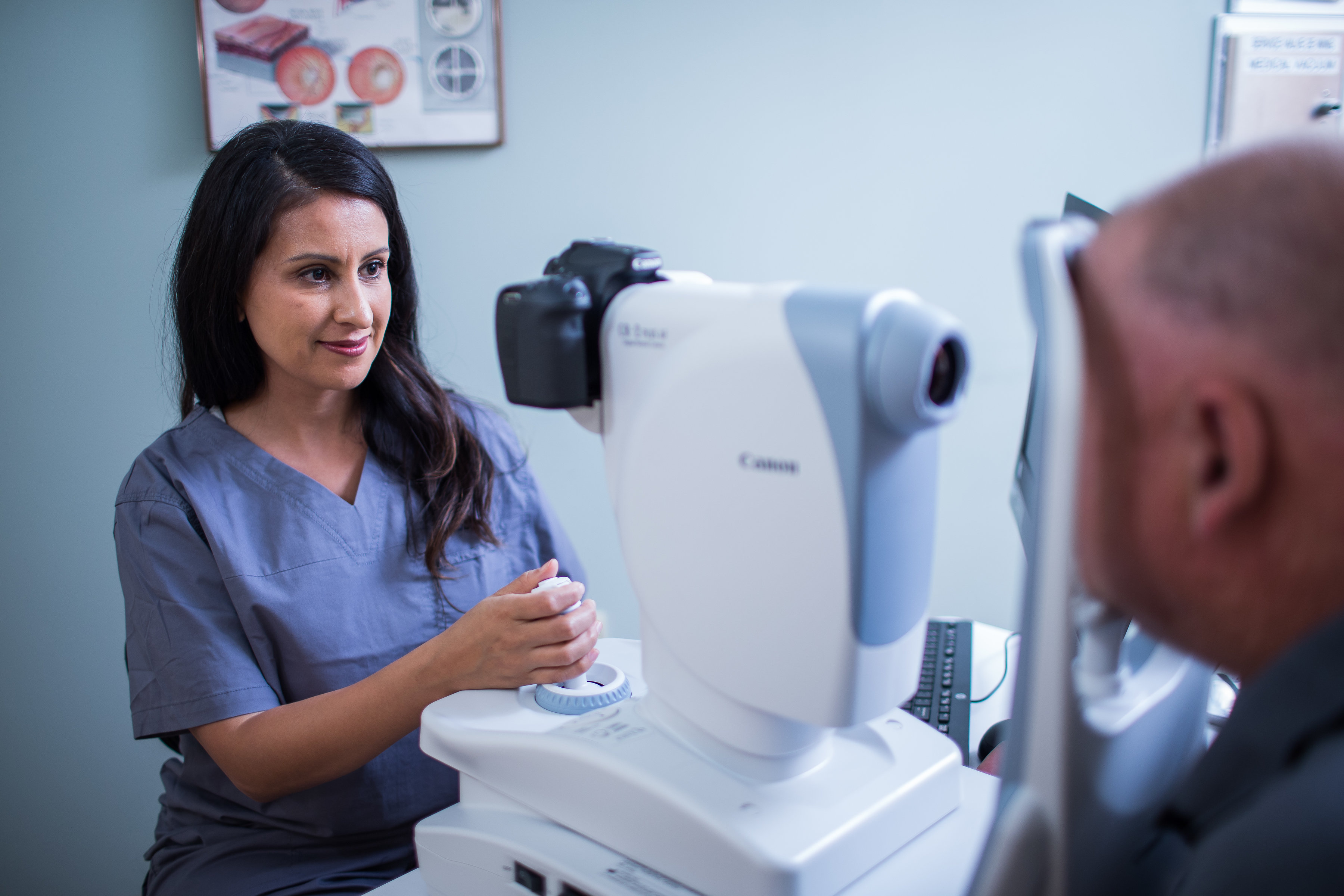Andalusia Eye Facility: Premier Services for Vision Adjustment
The Benefits And Drawbacks of Various Refractive Surgeries for Improved Eyecare

LASIK Surgical Treatment
LASIK surgery is a frequently executed refractive procedure that intends to remedy vision issues such as astigmatism, nearsightedness, and farsightedness. Throughout the treatment, a thin flap is produced on the cornea, and a laser is utilized to improve the underlying cells, fixing the refractive error.
One of the main benefits of LASIK surgical procedure is the rapid renovation in vision experienced by many people. Many people discover a considerable improvement in their vision quickly after the procedure, with minimal downtime required for recuperation. Furthermore, LASIK is recognized for its high success price and reduced incidence of complications when performed by experienced doctors. Like any kind of surgical treatment, LASIK likewise brings some risks, consisting of completely dry eyes, glare, halos, and under or overcorrection of vision. It is essential for individuals taking into consideration LASIK surgical procedure to undergo a thorough assessment by an eye care expert to determine if they are ideal candidates for the procedure.
PRK Treatment
The PRK procedure, additionally known as Photorefractive Keratectomy, is a sort of refractive surgery that intends to correct vision problems similar to LASIK surgical treatment. Unlike LASIK, which involves developing a flap in the cornea, PRK services the surface layer of the cornea. Throughout the PRK treatment, the external layer of the cornea, called the epithelium, is eliminated to allow improving of the underlying corneal tissue with an excimer laser. This improving helps to deal with refractive errors such as nearsightedness, farsightedness, and astigmatism.
Among the benefits of PRK over LASIK is that it removes the risk of flap-related problems considering that no flap is developed during the surgery. This can be useful for people with thin corneas or those associated with contact sports where eye injury is an opportunity. However, the recuperation time for PRK is usually longer compared to LASIK, as the external layer of the cornea needs time to restore after the procedure. In spite of the longer healing period, PRK can be a suitable option for individuals seeking vision improvement surgery.
SMILE Surgical Procedure
An innovative refractive surgical procedure strategy obtaining popularity in the field of ophthalmology is SMILE Surgical treatment. Tiny Cut Lenticule Extraction (SMILE) is a minimally intrusive treatment that remedies vision by improving the cornea making use of a femtosecond laser. Unlike typical LASIK surgical procedure, SMILE Surgical procedure entails creating a small incision in the cornea to remove a lenticule, which causes less disruption to the corneal structure and potentially much faster recuperation times.
One of the main advantages of SMILE Surgical treatment is its capacity to treat nearsightedness (nearsightedness) and astigmatism with high accuracy, leading to excellent visual end results for patients. The minimally invasive nature of the procedure likewise minimizes the danger of complications such as completely dry eye disorder, making it a positive alternative for people looking for refractive surgical procedure.

LASEK Strategy
Having find out here now actually explored the advantages and considerations of SMILE Surgical procedure, another noteworthy refractive surgery method worth analyzing is the LASEK Technique. LASEK, which represents Laser-Assisted Subepithelial Keratectomy, is a form of laser eye surgery that aims to remedy refractive errors such as nearsightedness (nearsightedness), hyperopia (farsightedness), and astigmatism.
Unlike LASIK, LASEK does not involve developing a corneal flap. Rather, during a LASEK treatment, the specialist utilizes a watered down alcohol service to loosen the slim external layer of the cornea, referred to as the epithelium. This layer is after like it that carefully moved apart to enable the laser to reshape the underlying corneal cells. As soon as the cornea has actually been reshaped to the desired degree, the epithelial layer is repositioned.
Among the key benefits of LASEK is that it can be ideal for individuals with slim corneas that may not be excellent prospects for LASIK. Furthermore, LASEK normally causes very little post-operative pain and a quicker recuperation time compared to PRK. The visual healing procedure with LASEK might be a little longer than with LASIK.
Implantable Contact Lenses
Implantable Get in touch with Lenses supply a long-lasting vision modification option for individuals seeking a choice to traditional get in touch with lenses or glasses. These lenses, also called phakic intraocular lenses, are surgically placed right into the eye to remedy refractive mistakes such as nearsightedness (nearsightedness), hyperopia (farsightedness), and astigmatism. cardiologist andalusia. Unlike conventional call lenses that rest on the surface area of the eye, implantable contact lenses work within the eye itself, giving clear vision without the demand for everyday upkeep or removal
One of the key advantages of implantable get in touch with lenses is their durability. When placed, they can stay in the eye forever, using secure and regular vision modification. Furthermore, these lenses have a peek at this website can be an outstanding choice for individuals that are bad candidates for laser eye surgical procedure or who prefer a reversible vision adjustment treatment.
Nevertheless, implantable get in touch with lenses do bring some risks, consisting of the potential for cataracts or boosted eye pressure. It is essential for people considering this alternative to talk to an eye treatment expert to determine if implantable call lenses are the ideal option for their particular requirements and eye health.
Conclusion
In final thought, each kind of refractive surgical treatment has its own advantages and disadvantages. LASIK surgery is popular for its quick healing time, while PRK procedure may be ideal for clients with thin corneas.

On The Whole, SMILE Surgery provides a promising alternative for people looking to improve their vision via refractive surgical treatment.